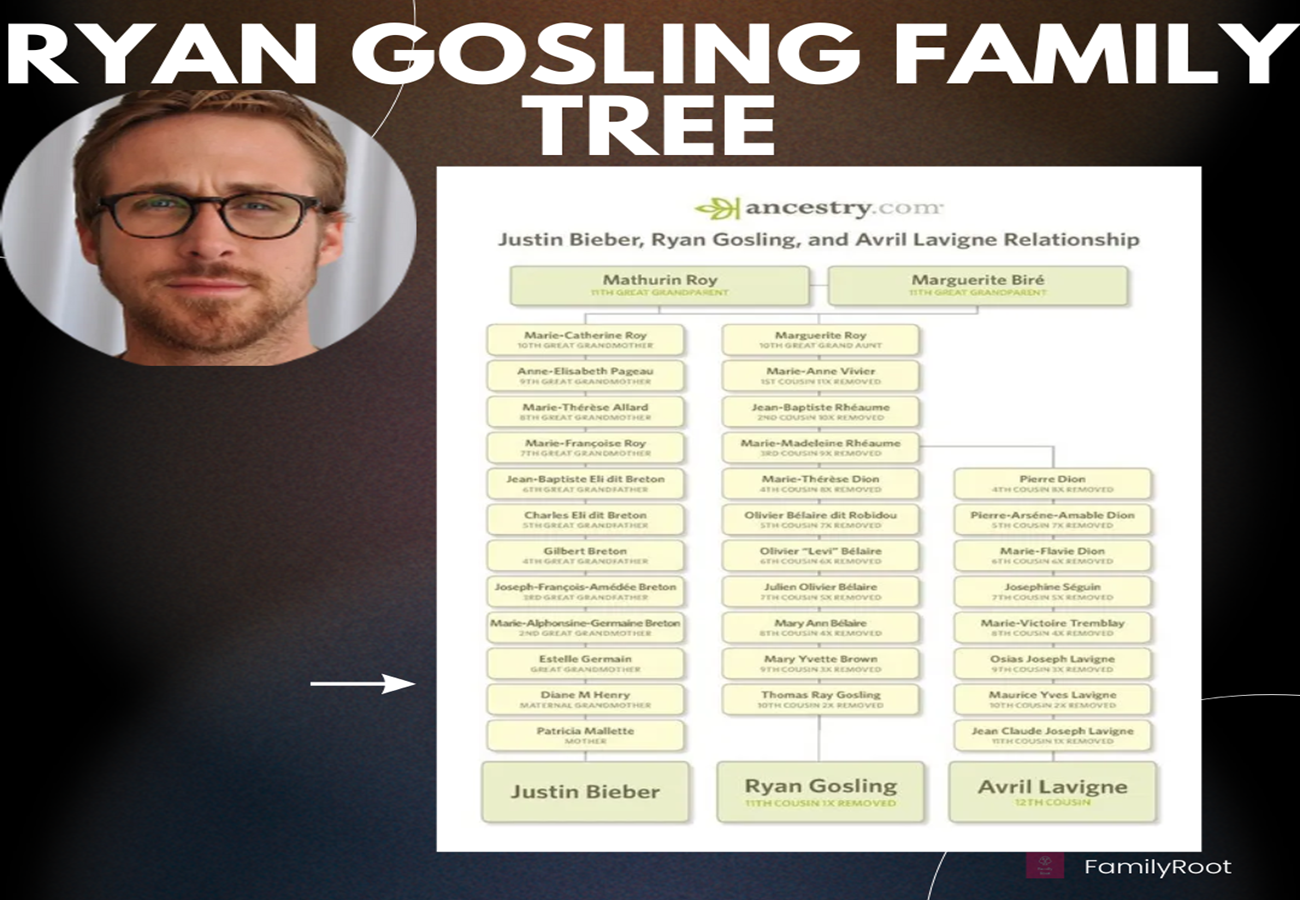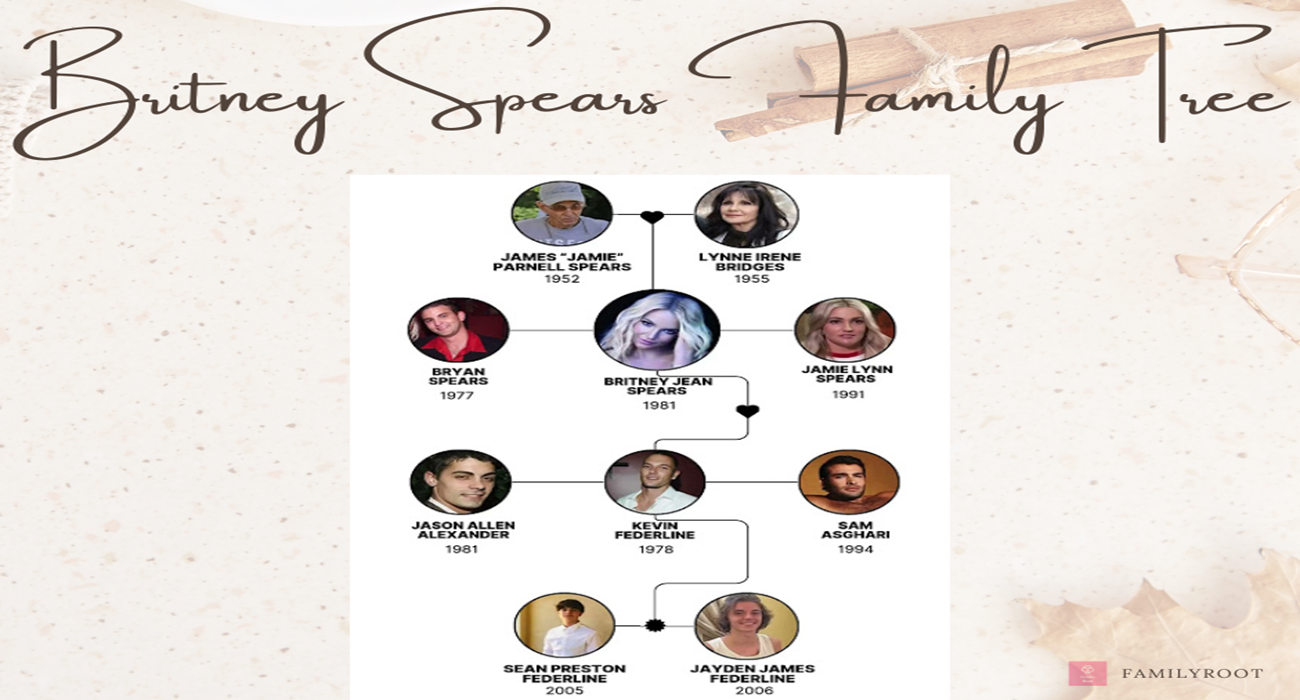The Pakubuwono (Pakubuwana) family represents the royal dynasty of the Surakarta Sunanate, a Javanese monarchy based in Solo (Surakarta), Central Java, Indonesia. This family has ruled since the 18th century and continues to be a vital cultural and symbolic institution in Javanese society.
👑 Pakubuwono Family Tree (Simplified)
Here is a simplified lineage of the Pakubuwono dynasty, highlighting key monarchs:
🔷 Founder and Early Lineage:
-
Pakubuwono I (Susuhunan Amangkurat IV) – r. 1719–1726
-
Founder of the Surakarta royal line after the split of the Mataram Sultanate.
-
-
Pakubuwono II – r. 1726–1749
-
Moved the capital to Surakarta in 1745, establishing Kraton Surakarta.
-
🔷 Key Successors:
-
Pakubuwono III – r. 1749–1788
-
Signed the Treaty of Giyanti (1755), which divided Mataram into Surakarta and Yogyakarta.
-
-
Pakubuwono IV to X – Continued the line through the 18th and 19th centuries, navigating Dutch colonial influence.
👑 Modern Era:
- Pakubuwono XI – r. 1939–1945
- After the death of Pakubuwono XII (r. 1945–2004), a succession dispute emerged.
-
Last officially recognized king with full political power before transitioning to a cultural monarchy post-Independence.
-
Pakubuwono XIII (KGPH Hangabehi) is the current recognized king by the Indonesian government, although internal family disagreements persisted until recent reconciliation efforts.
🔷 Contemporary Royal Line (Disputed):
-
After the death of Pakubuwono XII, two main heirs emerged:
-
Hangabehi (KGPH Hangabehi) – declared Pakubuwono XIII in 2004 by one royal faction.
-
Tedjowulan (KGPH Tedjowulan) – also declared Pakubuwono XIII by another group.
-
Eventually, the government and cultural institutions recognized KGPH Hangabehi as the de facto Pakubuwono XIII, with both sides reconciling for ceremonial unity.
🕰️ Historical Overview:
🏛️ Origins:
-
The title Pakubuwono means "Nail of the World" or "Foundation of the Universe" in Javanese.
-
The first to hold the title was Pakubuwono I, who reigned from 1719–1726.
-
The title became central after the Treaty of Giyanti (1755) split the Mataram Sultanate into:
-
Surakarta Sunanate (Pakubuwono)
-
Yogyakarta Sultanate (Hamengkubuwono)
-
👤 Key Monarchs
-
Pakubuwono II (r. 1726–1749): Moved the capital from Kartasura to Surakarta, founding the Kraton Surakarta Hadiningrat.
-
Pakubuwono III (r. 1749–1788): Signed the Treaty of Giyanti.
-
Pakubuwono X (r. 1893–1939): Known for modernization efforts, cultural patronage, and building monumental architecture like Sasana Sumewa and Royal Carriage Museum.
📜 Role and Influence
-
Pre-Independence: Pakubuwonos ruled under the influence of the Dutch East Indies but retained ceremonial and spiritual power.
-
Post-Independence (1945 onward): The Surakarta Sunanate became a symbolic monarchy with limited or no political power. Pakubuwonos shifted to cultural custodians of Javanese heritage.
🌾 Cultural Significance
-
The Pakubuwono kings are:
-
Guardians of Javanese court traditions, such as wayang (shadow puppets), batik, court dance, and gamelan music.
-
Custodians of sacred rituals tied to Mount Lawu, Palaces, and Javanese cosmology.
-
🏯 Palace and Legacy
-
Kraton Surakarta Hadiningrat remains the ceremonial and spiritual center of the dynasty.
-
The Pakubuwono family are custodians of Javanese tradition, dance, gamelan, and rituals.
📜 Create Your Own Family Legacy!
Just like the Pakubuwono family’s legacy, you can document your own family history with the Family Root App!
✅ Preserve Your Family Tree
✅ Share Achievements & Memories
✅ Connect with Relatives
- Android: Family Root App on Google Play
- iOS: Family Root App on Apple Store
📜 Disclaimer
The family tree and biographical information provided in this article are based on publicly available sources and records. While we strive for accuracy, we do not guarantee the completeness or authenticity of the data. This content is intended for educational and informational purposes only and does not aim to infringe on any individual's privacy or personal rights. If you believe any information is incorrect or wish to request edits or removal, please contact us at Info@familyrootapp.com.




